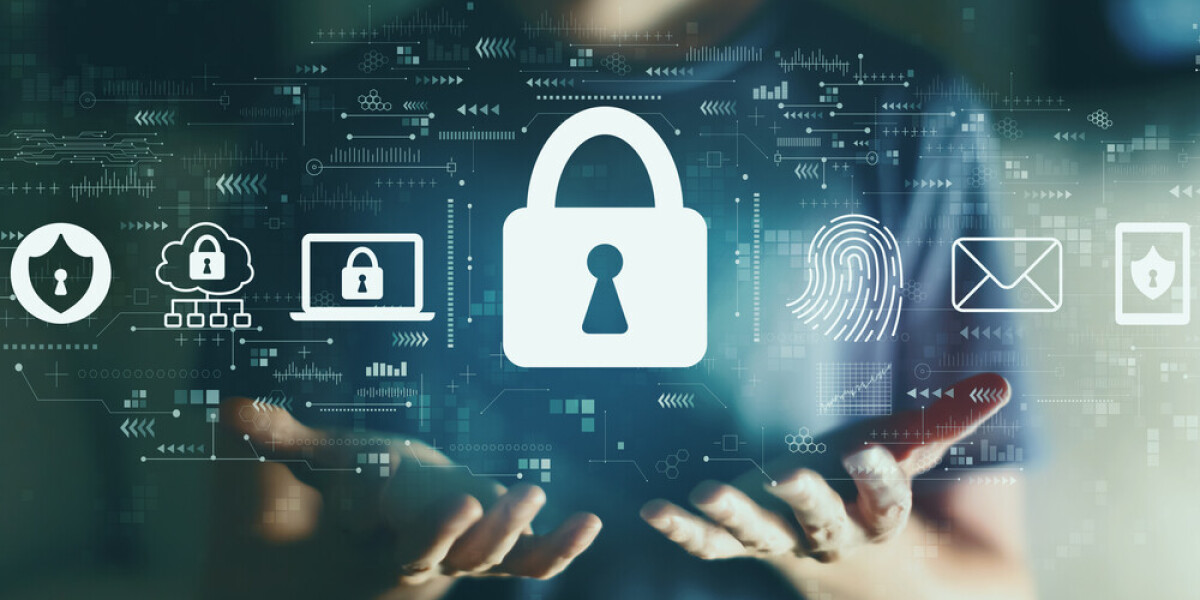The financial sector is observing revolutionary change; technological advancement has enhanced the importance of digital banking, so banks have shifted to it. Nowadays, online transactions are widespread; most customers prefer them because they are simple. The users do not have to visit the banks; they can perform their transactions anywhere in the world. Online banking continuously increases in Italy, and the number of branches decreases daily; 48.35% is digital banking penetration in Italy after COVID-19. People are more inclined towards it, especially the young generation, who prefer to use it instead of visiting the branch.
Cybercrimes: A More Significant Threat to Digital Banking
This advanced technology also has some dark sides, as cybercrimes are increasing. It is easy for scammers to hack clients’ accounts and then steal all the necessary data from them. As compared to this, the in-person robbery is complex. The probability of getting arrested for cybercrimes is significantly less because most scammers use fake identities to commit crimes. According to the survey in the US, the significant risk to the business is cyber incidents; almost 30% of people highlighted this issue. These crimes are increasing daily; therefore, it is essential to understand these cases so that companies can protect their data and the credentials of the organizations. Security is the core value of the organizations, and no user prefers them if they are unable to preserve their rights.
Threats to the Banks and How to Comabt them?

The following are the most common cyber threats to banks and the use of cyber threat intelligence to discourage them:
Mobile Banking Accountability
Banking vulnerability is the most common attack, as the digital system has created ease and convenience for clients as well as hackers. They easily decode the algorithm of the customer’s account and log in to their system; they are developing new tricks to hack the account.
Oppose the Mobile Banking Vulnerability
For this purpose, it is the core value for the bank to integrate with the encryption techniques and make more apps that validate the customer’s identity. The financial institutes must educate their customers about the cyber scams so they do not become victims. Banks must integrate with the multiple customer verification techniques and allow only real clients to bypass the account. The users have to change their passwords frequently to avoid exposing their information. Otherwise, they must also install the mobile banking application from the app store. The users do not have to click on advertisements and unnecessary apps, as they sometimes contain viruses, which hacks their account.
Distributed Denial of Service Attacks
In this attack, the criminals overpower online banking by heavy client traffic; they are not the actual customers; it is designed to create inconvenience for the users. The clients need help logging into their accounts, or sometimes the banking app becomes very slow. Companies have to face the loss due to such activities, and users also get fed up when the app gets slow. This attack is performed when the hackers access the computers and the networks.
Opposing the Distributed Denial of Service Attacks,
The organizations must integrate a proper network that monitors traffic and allows only real clients to bypass the account. They must conduct regular tests and enhance the system’s efficiency to handle significant traffic. The surveillance of the mobile apps should be improved so that the scammers can not access it.
Malware and Ransomware
Malware is the software used to get unauthorized access to the customer system; it installs the content that affects the computer. This attack is done to steal the personal information of the customer. It gets access to the banking system of the user, the bank account name, PIN, and all the details are extracted.
Oppose Malware and Ransomware Attack
Companies must integrate with the solutions that see the malware attacks to detect such types of scams. The customers must also install the anti-virus software to remove all the viruses. Proper education regarding cyber security is essential. Otherwise, users will be unable to preserve their credentials. The clients also do not have to install the internet’s random apps, or sometimes USBs contain malware. Therefore, the user must safeguard the computer from all ransomware attacks using the antivirus software.
Phishing Attacks
A phishing attack steals the client’s personal information; financial institutions are mainly the target of these crimes; the scammers hack the customers’ accounts. The hackers mostly call the client or send them emails or text messages that contain a link; when the user clicks on it, their system is hacked. The scammer gets access to their account, takes all their bank details, and steals their identity.
Oppose Phishing Attack
Companies must adequately educate their clients and employees to discourage such fraudulent activities. Customers should refrain from clicking dubious links; banks must give them proper guidance. Clients need complete knowledge about cyber scams, so they do not get scammed shortly. Investment agencies and insurance companies must properly verify their users and ensure that only legal persons are affiliated with the company. The organizations even have to monitor their employees because there are chances that sometimes the internal staff is involved in the data exposure. They perform this task for the sake of money; the business’s competitors also perform such activities to deteriorate the brand image.
Conclusion

The financial sector can mitigate these cyber crimes and fraudulent activities by adequately educating its customers and allowing only verified clients to bypass security. The latest machine learning and artificial intelligence can be used for this purpose, as they detect all kinds of fraud. Digital banking security is enhanced that because it discourages phishing, malware, mobile banking vulnerability, and distributed denial of service attacks. The customer also prefers the company that keeps their information safe and preserves the clients’ credentials. The user’s trust is built, and the client retention rate is enhanced when the organization facilitates them to their maximum.
















